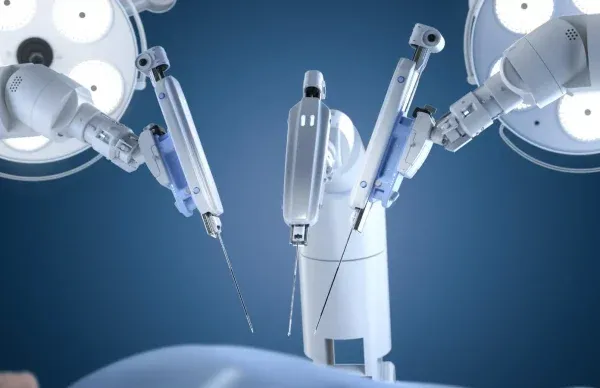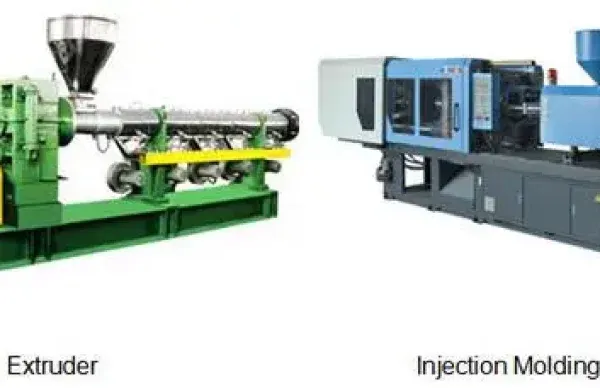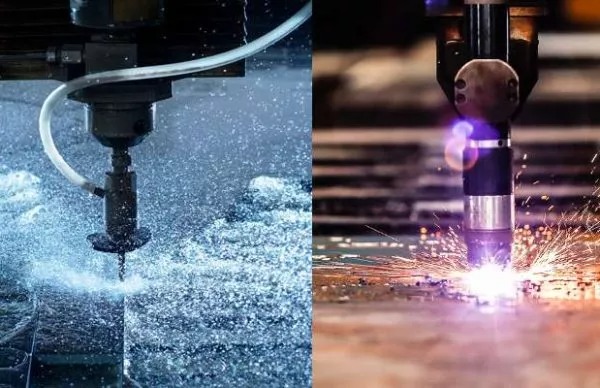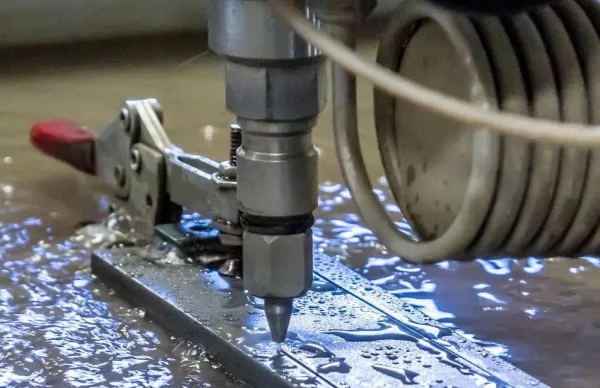In the medical field, when developing new products, precision, material compatibility and time are crucial. There, you need a method that supports medical-grade materials and produces quick results. One method that fulfills this criterion is vacuum casting.
This article highlights the use of vacuum casting for medical devices, mentioning advantages, specific applications, and materials suitable for making such medical products.
What’s Vacuum Casting?
Vacuum casting, a technique for manufacturing plastic prototypes, uses a silicone mold to produce small batches of similar products. The name “vacuum molding” comes from the casting process occurring under a vacuum, which eliminates air bubbles and ensures complete mold filling with the molten substrate.

The process starts with creating a master mold via CNC machining or 3D printing. After placing this mold in a vat, workers fill it with silicone. The silicone dries quickly, resulting in a mold suitable for plastic or metal casting under vacuum conditions.
One of the benefits of the process is its cost-effectiveness and time efficiency compared to other similar techniques such as plastic injection molding. It’s ideal for making prototypes.
Why Choose Vacuum Casting for Medical Device Manufacturing
The medical field is a very sensitive field where materials are chosen based on stringent requirements. The vacuum casting process helps meet those requirements.
Here are some reasons why you need to select vacuum casting for rapid prototyping and medical device manufacturing:
Precision and Detail Accuracy
Vacuum casting is favored for its precision and accuracy. However, that’s subject to how accurate your master mold is. Typically, with vacuum casting, you can expect an accuracy of 0.05mm.
Material Versatility
Medical devices usually use different types of plastics, each with certain characteristics. The silicone molding technique supports most of the commercially available plastics and resins. This includes ABS, Rubber, Polypropylene, HDPE, Polyamide, Glass Filled Nylon, Polycarbonate, and PMMA (Acrylic). That’s why it has a range of applications just in the medical industry.
Cost-Effectiveness for Small Batches
In medical device manufacturing, especially when you’re in the development phases, cost is crucial. You don’t want to spend a lot on prototypes and tests. Here, vacuum casting is better than other rapid manufacturing techniques.
It has a low setup cost; you only need a master mold and resin materials. The silicon itself is cheaper. Moreover, one mold is enough to make up to 25 copies. And unlike other machines, you don’t have high-powered machines that consume significant electricity. So, overall, a low-operational cost.
Speed of Production
Speed of production is also vital in the medical field. Researchers require a process with a faster turnaround for testing hypotheses in the shortest time possible. Compared to techniques like injection molding with 2 to 3 weeks lead time, vacuum casting reduces this to 10 to 15 days.
High-Quality Surface Finish
Vacuum casting produces a high-quality surface finish in medical devices. The resin binds tightly with the silicon mold under vacuum, replicating the master mold’s surface. Also, there’s an option to add color pigments and achieve any type of surface finish to the surface – be it glossy, matte, or any customized texture.
Reduced Risk of Air Bubbles and Imperfections
During casting, air trapped with molten material can produce bubbles, which are disastrous for products as they cause imperfection. To avoid that, the whole casting takes place under a vacuum. It eradicates the bubble formation and ensures the molten materials reach every corner of the silicon mold.






